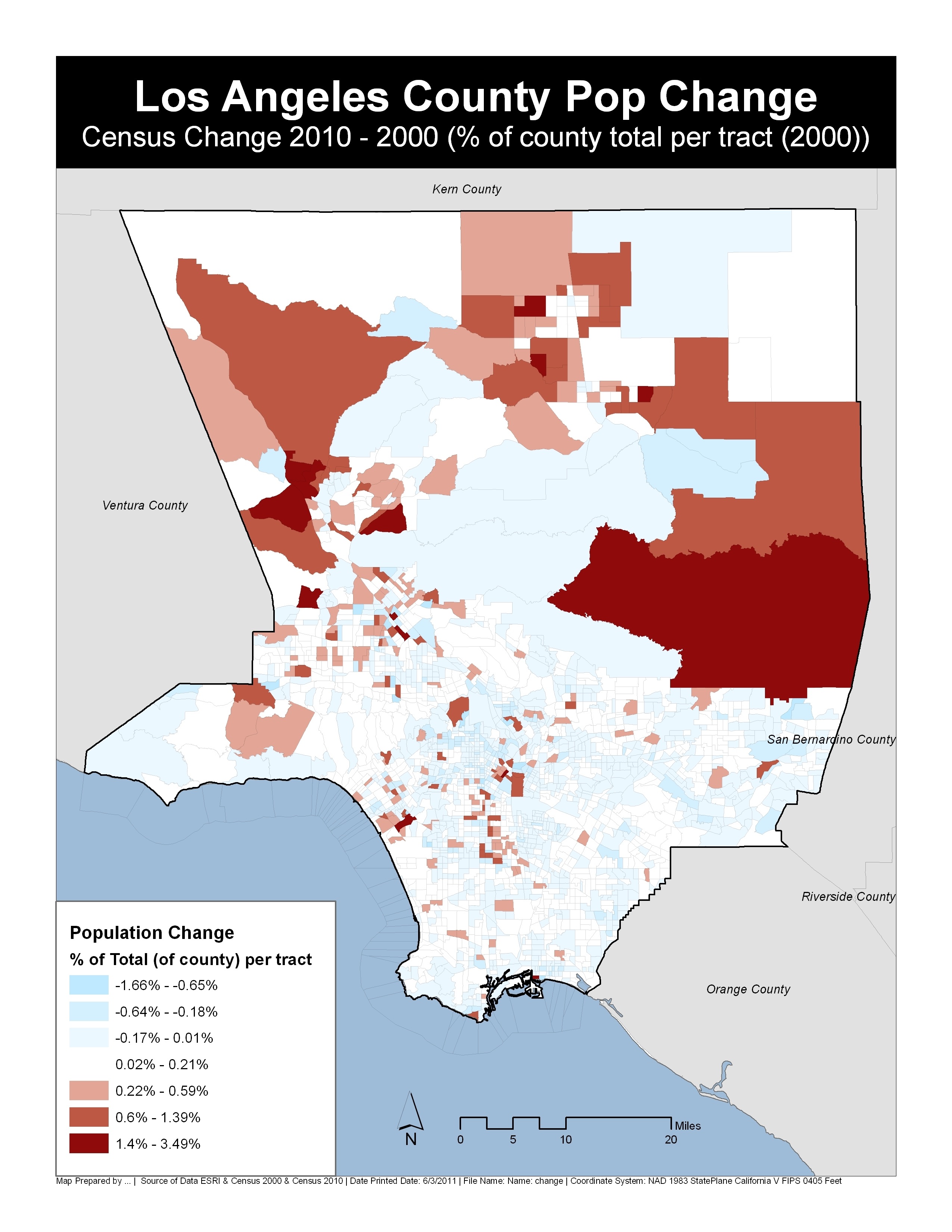Turn on suggestions
Auto-suggest helps you quickly narrow down your search results by suggesting possible matches as you type.
Cancel
- Home
- :
- All Communities
- :
- Industries
- :
- Education
- :
- Education Blog
- :
- Describing the Value of Spatial Analysis in Educat...
Describing the Value of Spatial Analysis in Education
Subscribe
144
0
06-29-2017 12:10 AM
- Subscribe to RSS Feed
- Mark as New
- Mark as Read
- Bookmark
- Subscribe
- Printer Friendly Page
- Report Inappropriate Content
06-29-2017
12:10 AM
I recently taught a GIS short course for educators with our colleague Dr. Marsha Alibrandi, where she spoke of four adjectives that seemed to encapsulate some key reasons why we believe that spatial analysis has value in education:
• Actual: Spatial analysis provides hands-on work with the same tools that decision-makers from a wide and expanding variety of professions use every day on the job.
• Virtual: Using GIS, GPS, and remote sensing tools allow for immersive, multimedia-rich experiences that help us understand processes, places, and problems.
• Critical: Using real data to analyze issues provides critical thinking skills about the issues themselves, about the data that we choose to use or not use, about how to communicate the findings, and much more.
• Ethical: Examining real-world issues brings students face-to-face with such ethical decisions as the positive and negative impacts on people and the environment for land use decisions, whether and how to act on a problem, and how to present findings using maps in an unbiased manner.
I would like to expand this line of thought as follows:
• Social: The use of GIS in education is often best done as part of a collaborative project in the classroom, in the community, or with those studying similar problems halfway around the world.
• Psychological: The use of spatial technologies builds on research in spatial cognition, geographic and cartographic education, and other foundations, and takes advantage of multiple intelligences and learning styles.
• Creative: Through symbols, colors, patterns, video, presentations, and other means, GIS fosters inventiveness and creativity.
• Tactical: Using GIS helps accomplish a purpose—to understand something better, to make a decision, to see connections between places, processes, and phenomena.
• Logical: Whether formalized through the use of tools like model builder or not, GIS helps frame problems in a logical manner so that they can be grappled with. Another way to think of the “logical” is through the disciplines engaged, from the geological to the hydrological to the sociological and beyond.
• Practical: From its outset, GIS was created as a toolkit that could be useful in many different disciplines, at different scales, and in many different situations. It forces the user to be organized about how to access, store, and use a variety of different types of data.
• Useful: GIS is useful in many different careers. GIS is useful from a technical standpoint, on mobile devices, desktop and laptop computers, and in the cloud environment.
• Helpful: Not only is GIS used to help people make better decisions, but GIS helps improve the quality of their own lives, through better sanitation, medical care, sustainable development, and in other ways.
• Essential: GIS is essential for grappling with key issues of the 21st Century—energy, water quality and quantity, climate change, natural hazards, political instability, urbanization, sustainable agriculture, and others that grow in importance on a global scale and also increasingly impact our everyday lives. Using GIS in education is essential in order to infuse these tools into societal decision-making.

What other adjectives come to your mind when you consider the “GIS advantage”?
- Joseph Kerski, Education Manager
You must be a registered user to add a comment. If you've already registered, sign in. Otherwise, register and sign in.
About the Author
I believe that spatial thinking can transform education and society through the application of Geographic Information Systems for instruction, research, administration, and policy.
I hold 3 degrees in Geography, have served at NOAA, the US Census Bureau, and USGS as a cartographer and geographer, and teach a variety of F2F (Face to Face) (including T3G) and online courses. I have authored a variety of books and textbooks about the environment, STEM, GIS, and education. These include "Interpreting Our World", "Essentials of the Environment", "Tribal GIS", "The GIS Guide to Public Domain Data", "International Perspectives on Teaching and Learning with GIS In Secondary Education", "Spatial Mathematics" and others. I write for 2 blogs, 2 monthly podcasts, and a variety of journals, and have created over 5,000 videos on the Our Earth YouTube channel.
Yet, as time passes, the more I realize my own limitations and that this is a lifelong learning endeavor and thus I actively seek mentors and collaborators.
Labels
-
Administration
38 -
Announcements
44 -
Career & Tech Ed
1 -
Curriculum-Learning Resources
177 -
Education Facilities
24 -
Events
46 -
GeoInquiries
1 -
Higher Education
518 -
Informal Education
264 -
Licensing Best Practices
46 -
National Geographic MapMaker
10 -
Pedagogy and Education Theory
187 -
Schools (K - 12)
282 -
Schools (K-12)
183 -
Spatial data
24 -
STEM
3 -
Students - Higher Education
231 -
Students - K-12 Schools
84 -
Success Stories
22 -
TeacherDesk
1 -
Tech Tips
83
- « Previous
- Next »